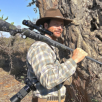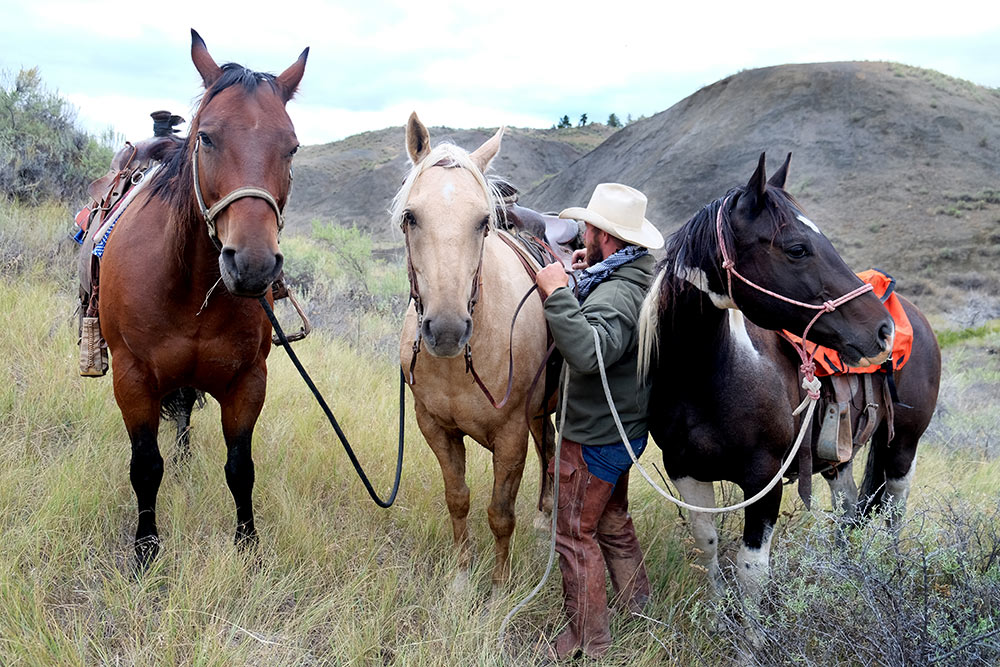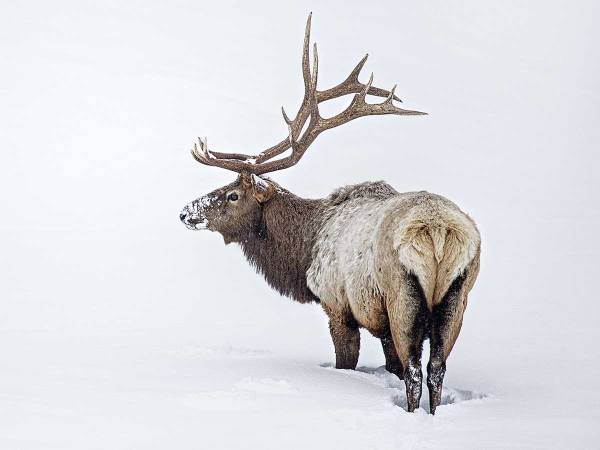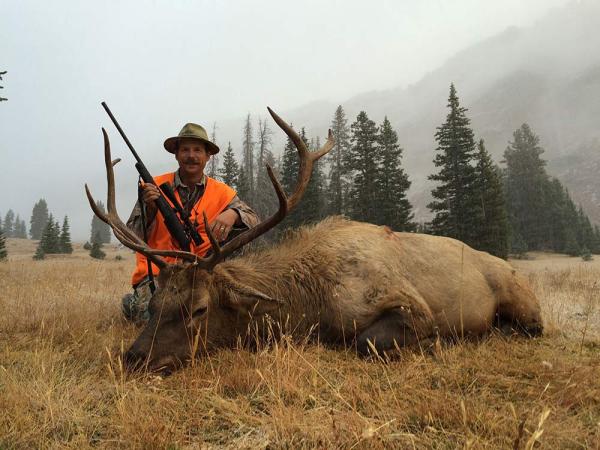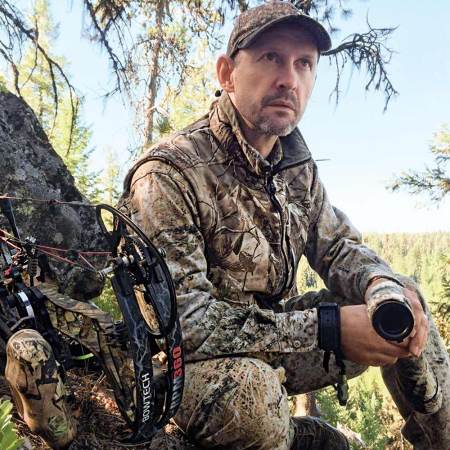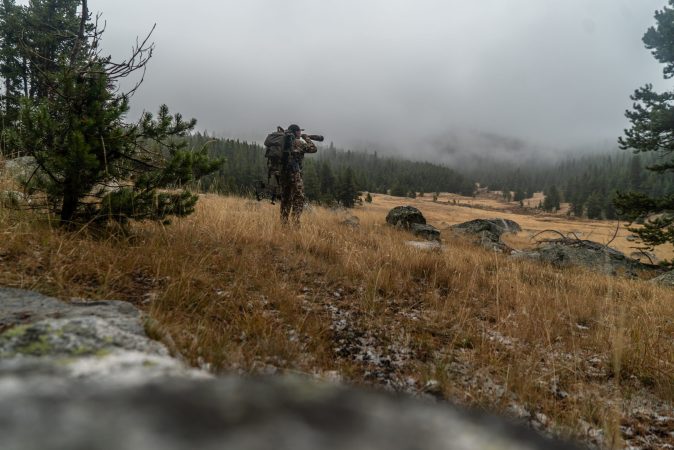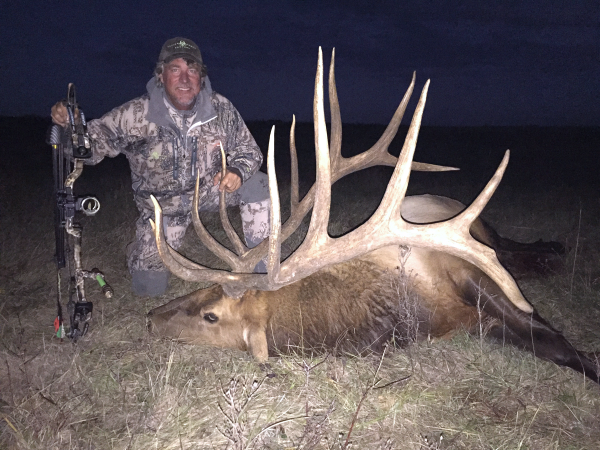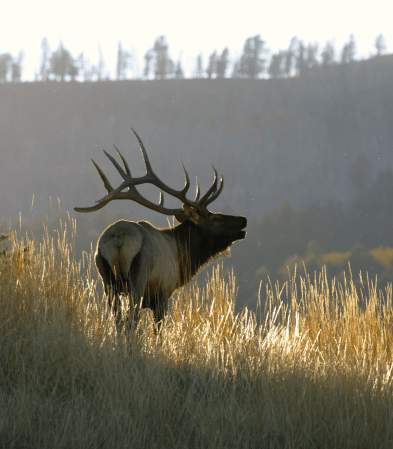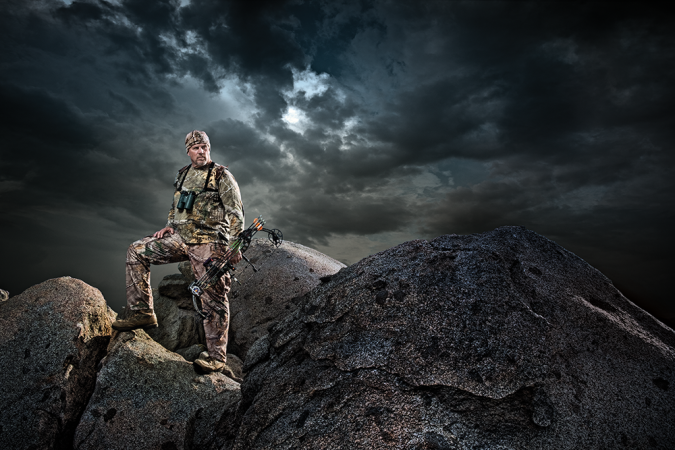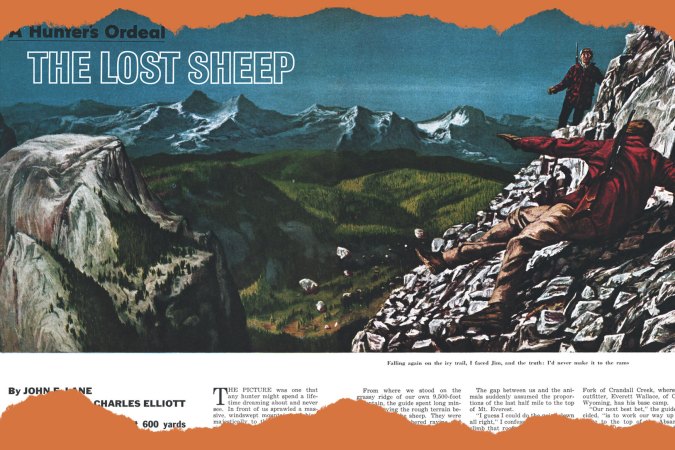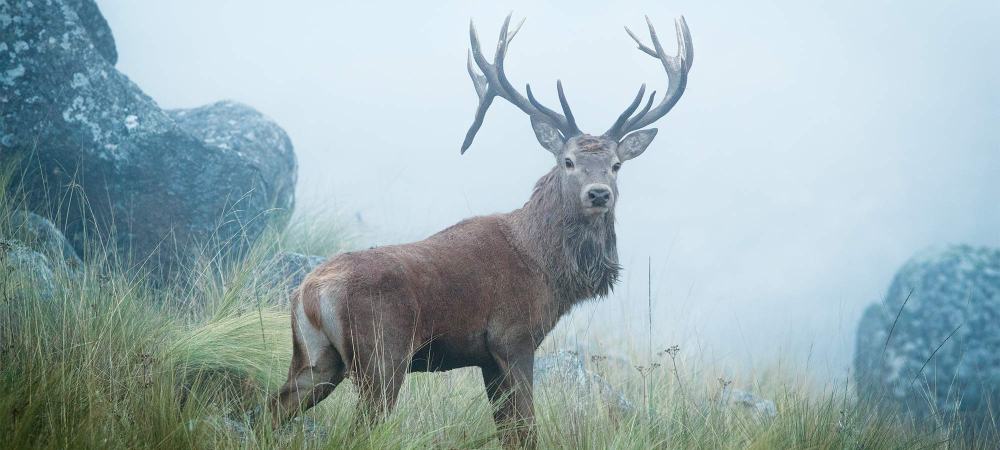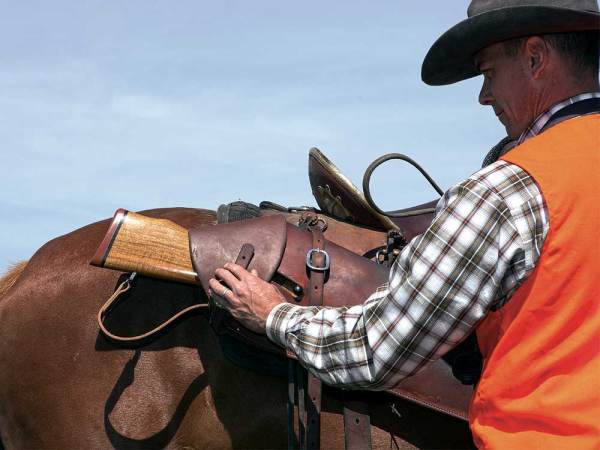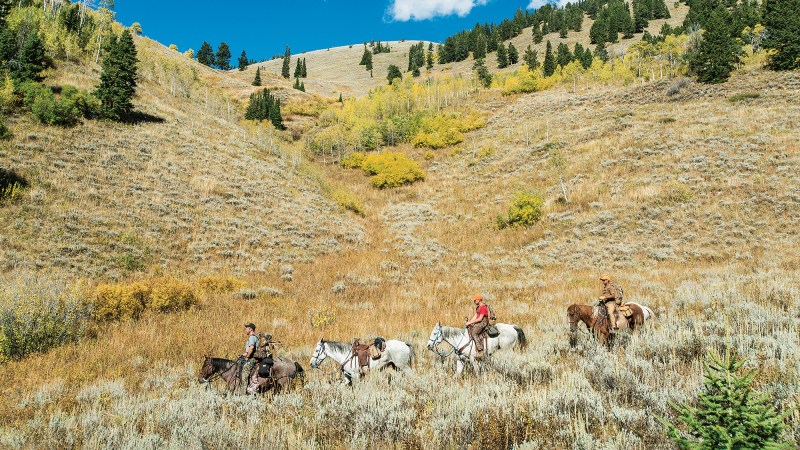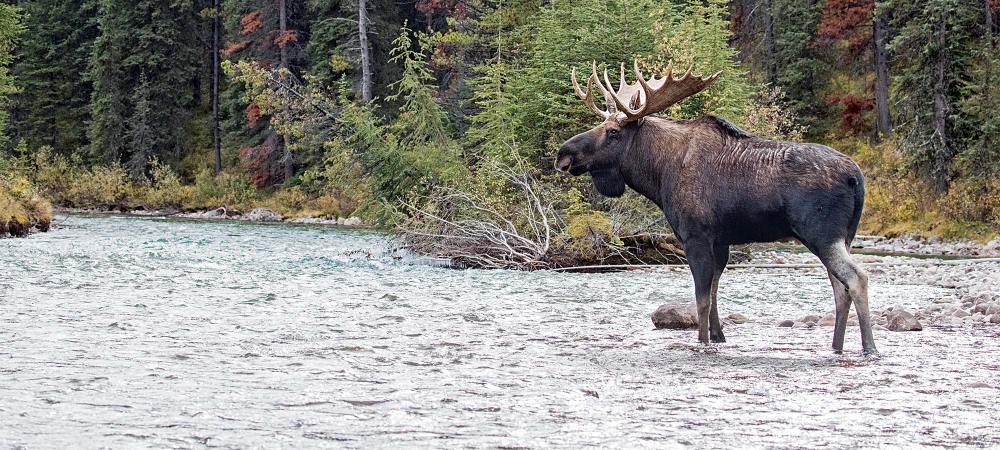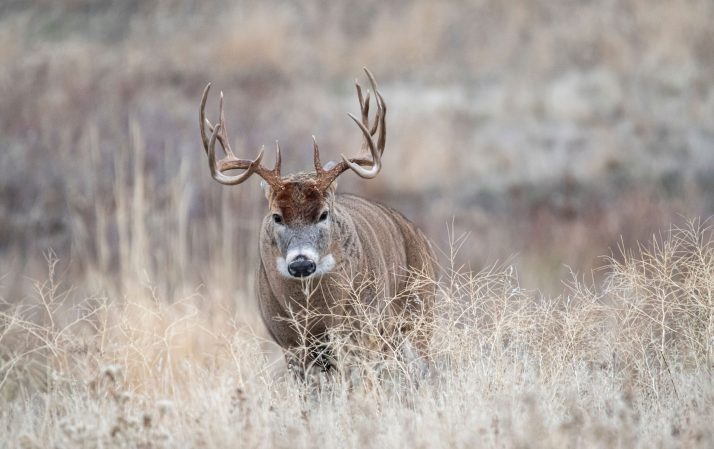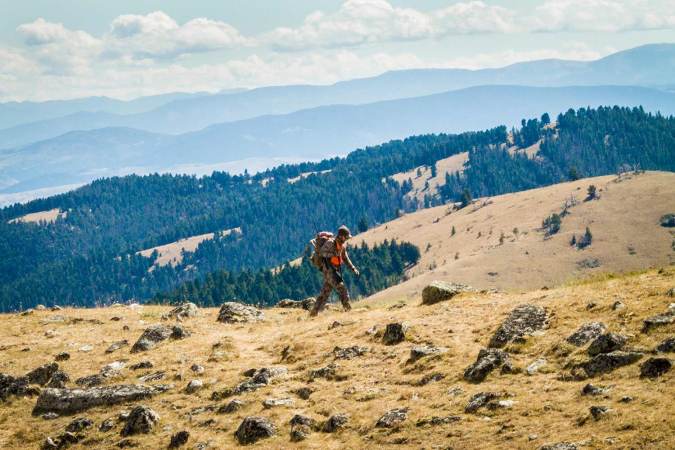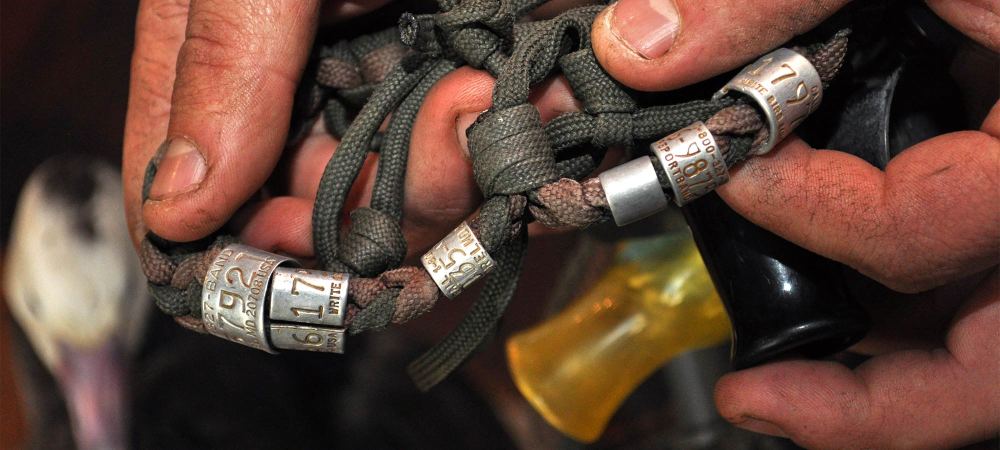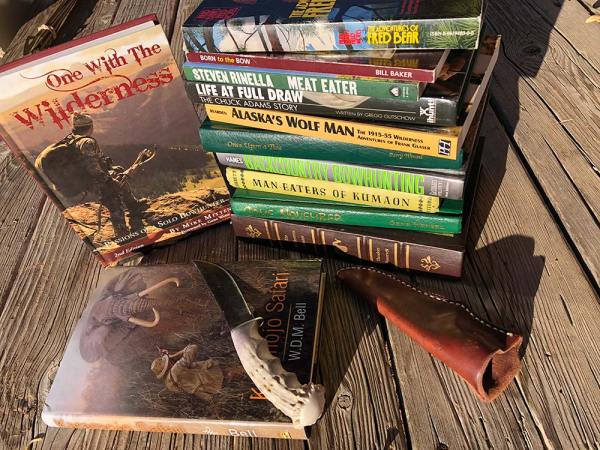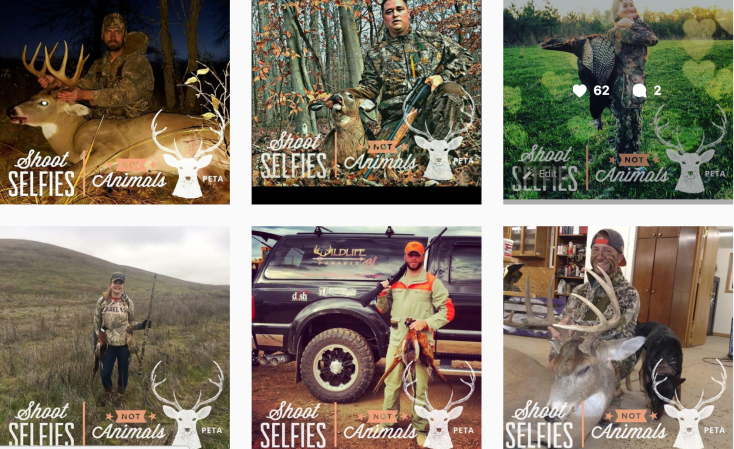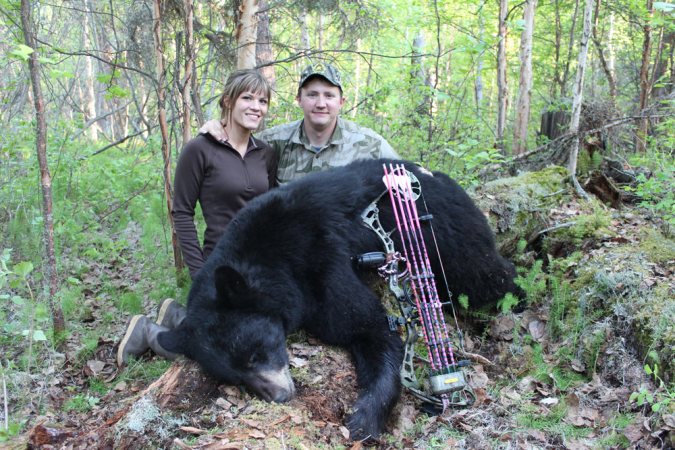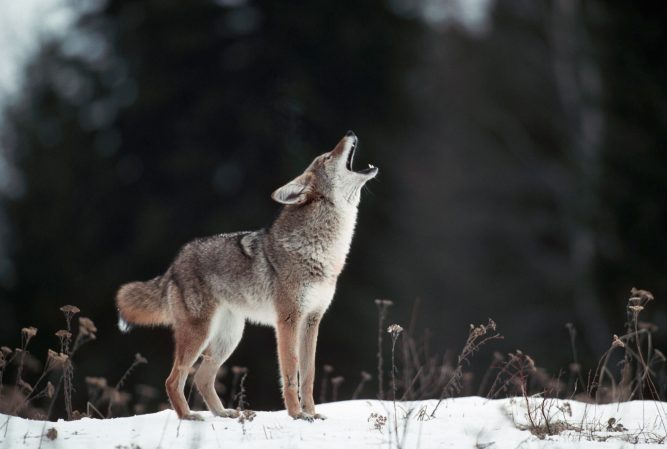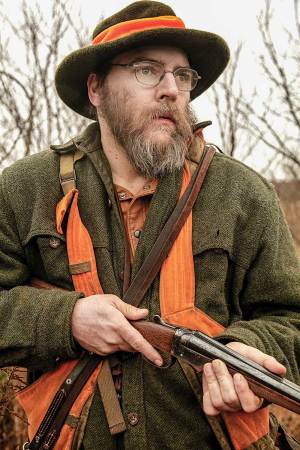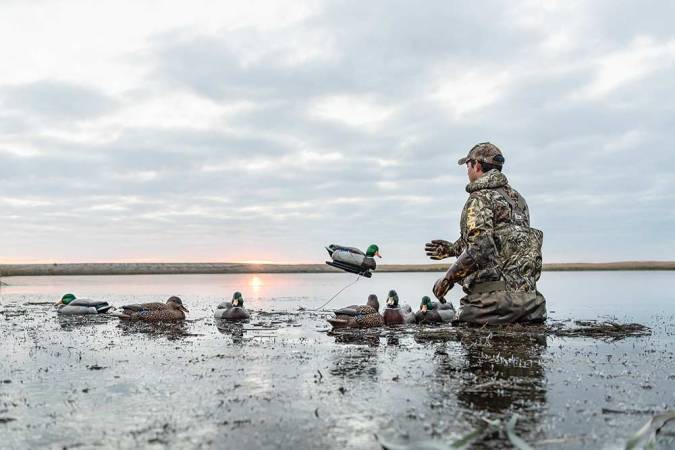Dawn broke clear and cold over the peaks, snowflakes falling earthward in lonely two’s and three’s. A bull elk lay asleep with his harem 147 yards distant on a high-country bench, steam rising from his nostrils at each breath. I scooted into position behind my shooting sticks, settled my elbows atop bony knees, and squeezed the trigger. Fog rolled down from the peaks as I approached the bull and converted him to meat, and snow began to fall in earnest while I hiked back to my wilderness camp to get my horses. Over 15 miles from the nearest road, this trip was only made possible by the willing help of my four-footed buddies.
Below you’ll find instructional videos on everything from mounting and riding basics to loading a packhorse and carrying a rifle. But first, a few notes.
On Horses
Horses are like people; there are good, bad, and indifferent among them. Some are kind and generous; others are bad-tempered and better left alone. The best have kind hearts and intelligent minds, along with a full measure of common sense. Add good treatment and training, and you have an admirable ally that can make otherwise impossible adventures doable. Better yet, you’ll have a friend.
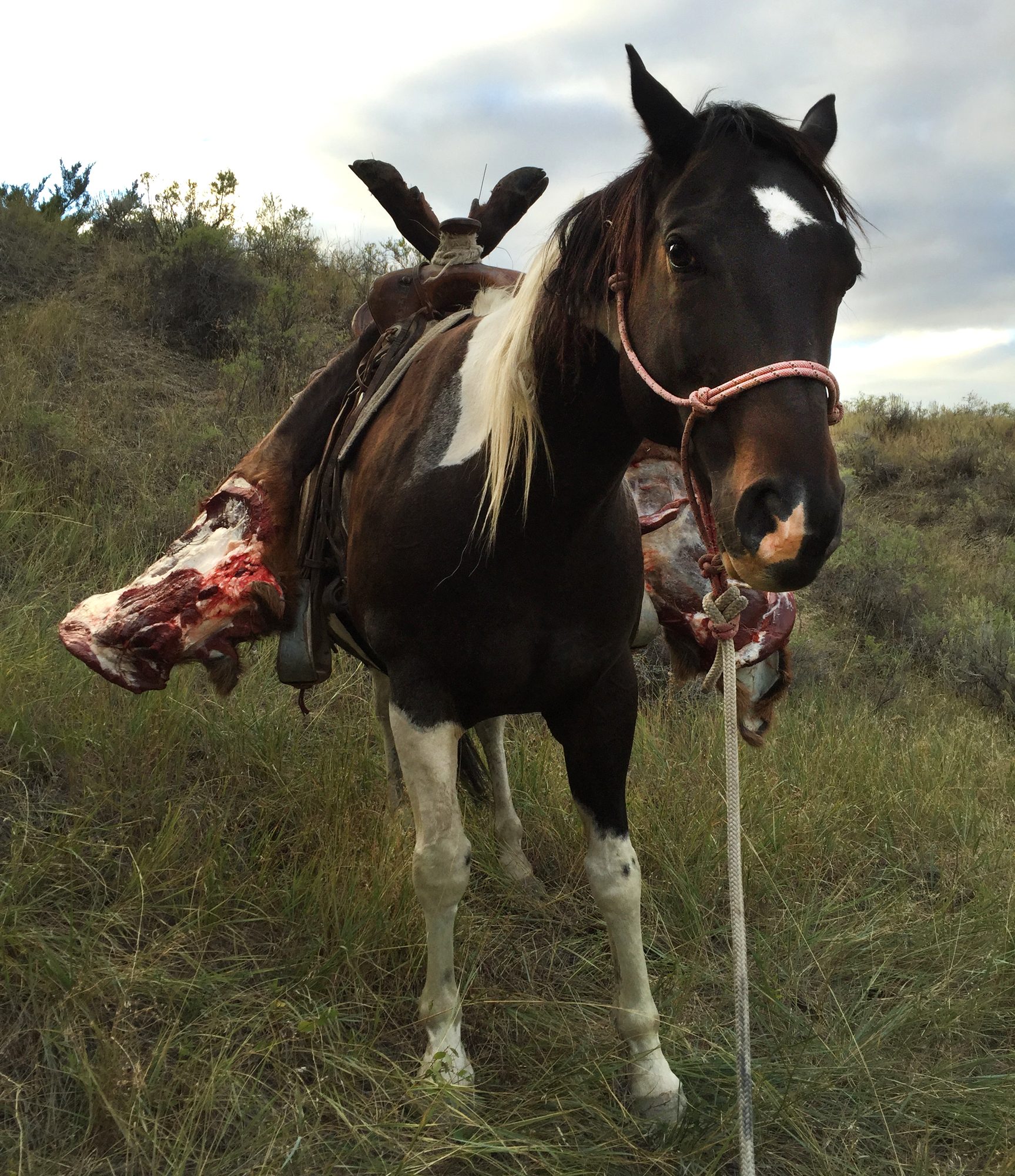
On Respecting Horses
Again, like people, good horses respond in kind to the treatment you give. Be generous and kind, and they’ll treat you the same. Be mean and they’ll show you what 1,200 pounds of horseflesh is capable of. But there is one difference: horses don’t believe in political correctness. They employ a pecking-order system – and you have to be a part of that system. Show them a firm and steady, but generous, hand, and they will respect you. Let them get away with anything, and they will take charge.
While on the subject, I should also mention that you must always respect another person’s horses. I’ve only completely misplaced my temper a couple times in my life: one of them was when a person abused my horses.
On Fear of Horses
Lots of sensible folks are afraid of horses. That’s unnecessary. Most horses are kind and good. Treat them right and they will take care of you. Here’s the thing: If you get nervous or afraid around a horse, he will sense it. He knows that you are smarter than him, and higher in the pecking order, so if you’re afraid, it makes him afraid. He never suspects that you’re afraid of him—just that there is danger lurking nearby. Now you’re both freaked out, and that’s dangerous. The cure? Just be calm, relaxed, and confident. Fake it if you have to. That way he won’t be afraid, and pretty soon, you won’t either.
The 7 Rules of Horse-Handling Etiquette
1. Handle horses from their left side. This means leading, saddling, mounting and dismounting, and so on.
2. Talk, mumble, whistle, or sing to a horse as you work with him. That way they know who and where you are at all times.
3. Respect a horse’s blind spot. Everything directly behind the horse —and extending a bit to each side—is invisible to him, unless his head is turned. Don’t arrive in that zone unannounced (remember rule No. 2). Even the best of horses are justified in kicking if you ambush them.
4. The tail is private property. Don’t pull on it and try not to let ropes get stuck under it. You may use it to tail a pack string together (see video below), but other than that, it belongs to the horse that wears it.
5. Clean saddle pads. You know how irritating a sticker inside your shirt can be? Make sure the underside of a saddle pad (the blanket) is clean and free of debris before placing it aboard your buddy.
6. Bridle carefully. Don’t clang the bit against your horse’s teeth, and don’t crumple his ears. Make sure the bit is not freezing (his tongue will stick) when you put it in his mouth: warm it inside your shirt or between the saddle-pad edge and the horse himself in really cold temps.
7. Your horse comes first. Unless you’re about to die from hypothermia, good etiquette demands that you care for your horse’s needs before your own.
Your How-To Video Guide to Horseback Hunting
Hunting and camping by horseback requires a skillset of its own. Study the photos, videos, and information below, and you’ll be ready for your horseback adventure this fall.
Saddle Up
Here’s how to saddle a horse properly. Brush him well, inspect and clean the pad, swing the saddle aboard, and cinch it down.
Bridle Your Steed
Intimidating? Sure. Hard? No. Watch as I show the right way to put your bridle on your horse.
Mount and Dismount
You’ve seen the city slicker in the movies climb ignominiously on a horse? I’ll show you what that looks like. Then I’ll show you how to do it right.
Ride Like an Expert
It takes tons of time on a horse to become a good rider, but here are the most essential tips and techniques that will get you started.
How to Tie a Horse
There is a right way—and lots of wrong ways—to tie your mount. Here’s a video that shows you how to tie him so he is safe, won’t get tangled up, and will be there when you return.
How to Hobble Your Horse
Hobbles are simple tools that sort of handcuff your steed, but still allow him to graze. Hobbles are also good for inspiring your horse or packhorse to stand rather than fidget while you saddle or load him. Don’t, however, count on them to prevent him from traveling. They’ll slow him down, but he can still make it back to the trailhead overnight. Here’s how to put them on.
Saddle a Pack Horse
Different than a riding saddle, packsaddles must be put on right and cinched down tight or your horse will get sore and your load will scatter all over the mountain. Learn how from this video.
Load Your Packhorse
More critical than anything else involved in horse packing, getting your loads balanced and loaded right must be attended to with detail. Watch these tips to pack and load like a pro.
Throw (Tie) a Diamond Hitch
Short trips in good weather can be done without a hitch (a rope woven around horse and pack to hold everything in place) but long trips, rough trails, and bad weather demand a good hitch. The Diamond is one of the best; here’s how to tie it.
Lead and Tail a Packstring
Here’s how to lead your packhorse, and tail other’s behind him to form a “String”. On cliff trails you’ll want to use a break away system so if one horse falls, it doesn’t drag the others in the string over with it.
Carry Your Rifle on Horseback
There are three main ways to carry a rifle on a hunting trip: in a scabbard, (best for long distances or rough terrain), slung across your back, (suitable for distance and keeps your rifle attached to you), and in your hand (keeps your rifle ready for instant action). This video will show you all three methods.
